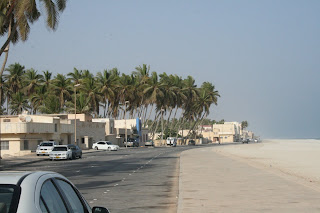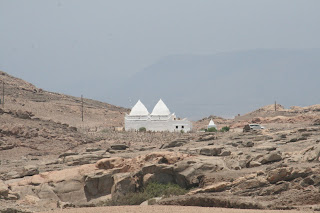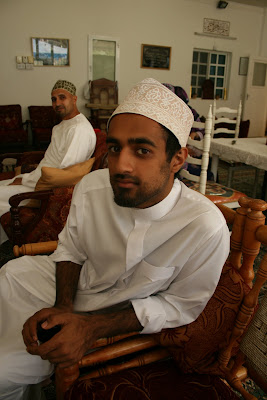“There is a field beyond what is right and what is wrong, I will meet you there”, Rumi said. He challenges the notion of being definitive. For me this was a very powerful moment, where my perspective on life and architecture shifted. I left my undergraduate degree thinking I had finally understood architecture. Then leaving my internship in India I realised how naïve I was. That field Rumi spoke about became a lot clearer. It was not just about the definitive in and of itself, it also referred to the approach of the definitive action. For example, to access a space it may be necessary to make a door. Louis Khan gave 2 metres for the opening, whereas Le Corbusier was a little more generous, giving 2.26 metres. Both knew a door was to be made, but each took an alternative method in exploring the transition. Considering this and other thoughts, I began to embrace a culture far different from my own. India.
Optimum is a word I learnt from my time in Sangath. It means, in brief, to bring something to a level where it has the greatest opportunity for growth, which is what we want architecture to do: to grow and breathe. It must be seen as something that will develop as it interacts with the users. We were also taught to look at previous projects from the office, and then take the questions to B.V.Doshi himself. He proved to be a fountain of knowledge and a great mentor to whom I am ever grateful. Along with the aesthetic, I have also understood the more pragmatic side of the architectural world. I was involved in the many challenges of the profession from demanding clients, late hours, building codes and law, and the logic of engineering. Together they brought a fresh perspective to my outlook of architectural design and implementation.
My final project for part one, ‘New Fallujah’, raised issues of social distress and the need for architecture to provide facilities for a new beginning. At some level I thought this was quite a Romantic dream until I saw projects in Vastu-Shilpa. They are trying to bring life back to places destroyed by earthquakes showing architecture can facilitate a new beginning, which takes people out of turmoil and brings them to a felicitous new life. In the future I hope to be involved in other companies that share similar ambitions.
Being an ECB [English Cricket Board] coach I have gained leadership skills, the ability to understand how to handle responsibilities and how to motivate others as well as myself. I was elected year representative and later Islamic Society president. Not only did I work with others to improve the quality of our own education, but I also worked with people from other courses, to help take our university forward. As the president of the ISoc during the terrorism incident at John Moores’, I had to take the responsibility of liaising with the media (CNN, BBC, Guardian and others) as well as keeping relationships between the Muslim community and the university calm and peaceful. This proved to be a testing time, but one that also proved to be fruitful for my social education.
I believe London Metropolitan is the optimum place for my architectural development. A fifty percent design based course is ideal for enhancing my design abilities in a vibrant city. In addition, the descriptions of the modules [‘The Problem of Irony’ and ‘Forgetting Air’ in particular] present challenges I look forward to tackling and believe will allow me to continue my journey through the vast ocean of architecture. Furthermore, I am more than capable of representing the school in terms of quality and tradition through my experience and character. From the University’s inherent drive to educate, I also believe that knowledge and the desire for it are never lost, only the student must make knowledge the means to a great change, which is what I trust this institution will ultimately provide.













